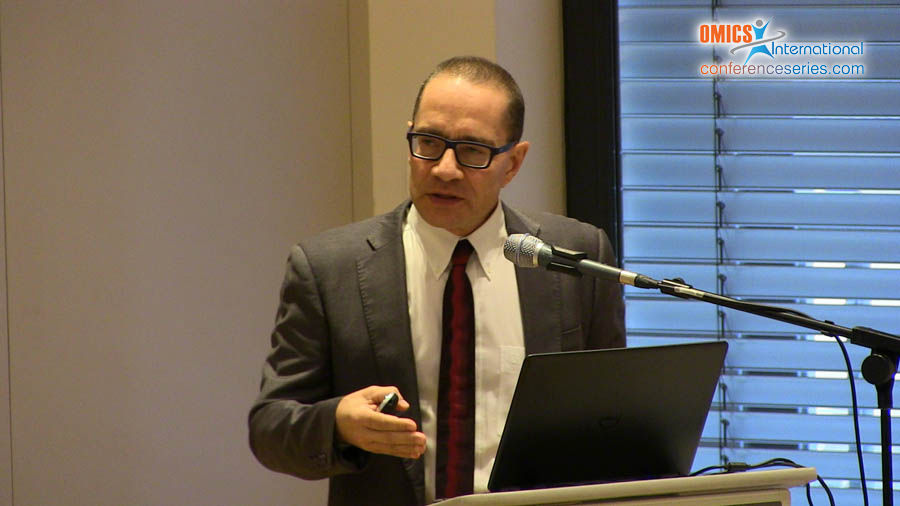
Biography
Biography: Farid Saad
Abstract
Adipose tissue produces substances that suppress testosterone production. Low testosterone leads to further accumulation of fat mass. This situation represents a vicious circle. In an ongoing registry study of 347 hypogonadal men (total testosterone ≤12.1 nmol/L and presence of hypogonadal symptoms) being treated with testosterone in a urology office in Germany, only 7.5% had normal weight (BMI <25 kg/m2) at baseline, 22.8% were overweight (BMI 25-29.9 kg/m2) and 69.8% obese (BMI ≥30 kg/m2). The same applies to waist circumference (WC): 4.3% with WC<94, 30.8% 94-101.9, and 64.8% ≥102 cm at baseline. This distribution seems representative for hypogonadal populations. Only when long-term studies (5 years) with injectable testosterone undecanoate (TU) appeared in 2013 and 2014, substantial and sustained weight loss became apparent. In a controlled study, 5-year treatment with TU in men with metabolic syndrome resulted in progressive weight loss of 15.4 kg and decrease in WC of 9.6 cm. In registry studies, patients lost weight in the same magnitude. In none of these studies, patients regained weight during the observation time. In a meta-analysis on TU, the magnitude of effects depends on baseline BMI, duration of treatment, and age. It can be hypothesised that increase in lean mass and behavioural changes are factors in achieving weight loss by testosterone treatment. In conclusion, testosterone may have the potential to decrease obesity in hypogonadal men in a meaningful and sustainable manner.
Speaker Presentations
Speaker PPTs Click Here




